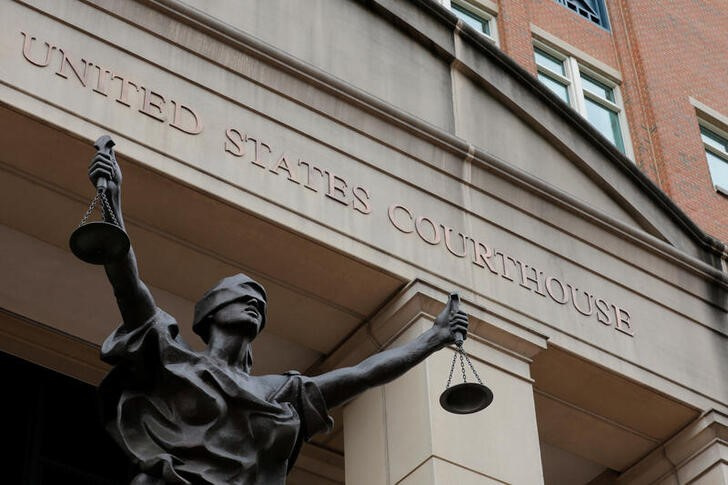
Judiciary Prepares for Potential Government Shutdown
In a recent development, the federal judiciary has adjusted its estimate of how long it could maintain operations in the event of a government shutdown, emphasizing a potential three-week duration. This updated projection comes after an initial estimate of two weeks was provided before the passage of a stopgap funding bill in September.
Increased Uncertainty Sparks Congressional Discussions
The administrative arm of the judiciary disclosed the revised estimate on Tuesday. The disclosure follows closed-door discussions among Republican leaders in the U.S. House of Representatives, exploring options for structuring another stopgap measure to fund the government temporarily. The current funding is set to expire on November 17.
Monitoring Funding Amidst Congressional Inaction
In response to the looming uncertainty, a spokesperson for the Administrative Office of U.S. Courts stated, “Should there be a lapse in appropriations, the Judiciary will continue to monitor available funds.” The judiciary aims to sustain operations temporarily during a potential government shutdown by utilizing fees and other available balances, a strategy successfully employed in prior shutdowns.
Want to know if you’re earning what you deserve? Find out with LawCrossing’s salary surveys.
Historical Context and Previous Preparations
The judiciary has strategically utilized this approach in past shutdowns, ensuring the continuation of operations without furloughing or withholding pay from its approximately 33,000 employees. The last instance of employee layoffs occurred during a 21-day shutdown between 1995 and 1996, coinciding with President Bill Clinton’s tenure.
Preparation Efforts Post-September
In anticipation of the funding deadline, the Administrative Office, in October, urged courts and federal defender organizations to draft contingency plans. These plans aim to identify personnel subject to furloughs and determine which staff would be required to work without pay should congressionally authorized appropriations not materialize.
Political Dynamics and Recent History
Reflecting on recent political dynamics, the judiciary’s extended preparation period stems from the near-shutdown experience in September. The Administrative Office had initially projected a two-week operational sustainability during the struggle between the Republican-led House and the Democratic-led Senate to pass spending legislation before the September 30 deadline.
The subsequent passage of a stopgap spending bill with bipartisan support narrowly averted the shutdown. However, it led to the resignation of then-House Speaker Kevin McCarthy, with the new House Speaker, Mike Johnson, now facing the challenge of rallying his party around a government funding plan with only nine days remaining.
As the November 17 deadline approaches, the federal judiciary remains poised for any outcome, prepared to navigate potential challenges arising from the ongoing funding uncertainties.
Don’t be a silent ninja! Let us know your thoughts in the comment section below.
